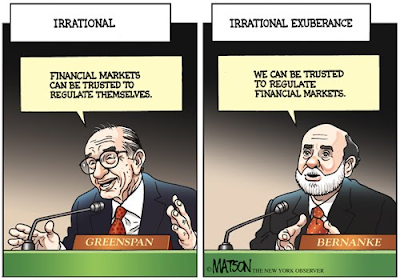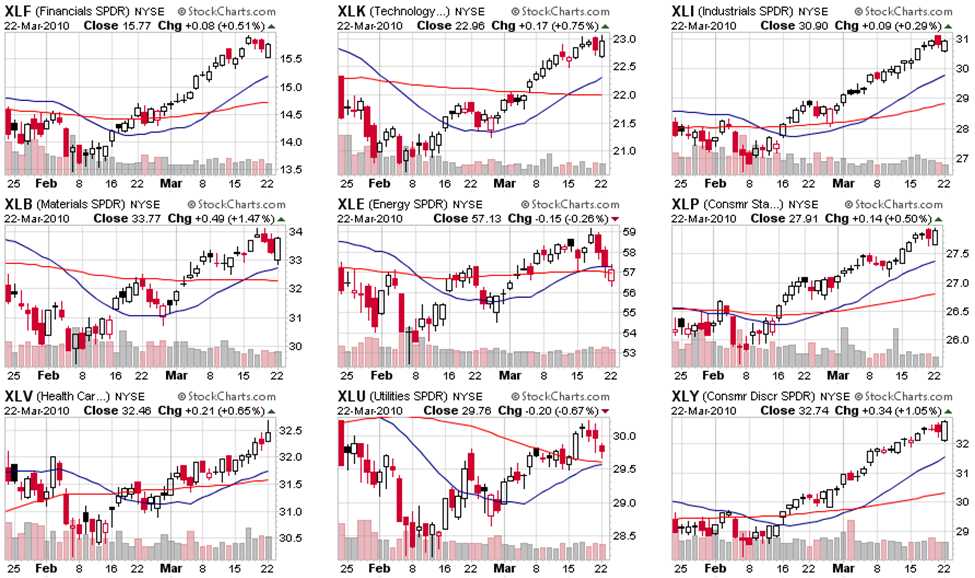Here’s a fun chart to consider:

This is the S&P 500 Bullish Percent Index, which ia measure of the percent of stocks in the index that are currently trading with Point and Figure buy signals. Bullish Percent Levels higher than 70% are considered overbought and below 30% is considered oversold. We hit a high of 88 in September of last year and haven’t been below 50 since last March’s crash. Notice a move down to just 64% cost the S&P close to 10% in February so, believe me – you don’t even want to think about what will happen if we hit 30!
 Note these tops can last for a couple of weeks and that fits in fine with our reasoning for cashing out last week and moving to the sidelines to watch this nonsense unfold as funds scramble to put up the best possible Q1 numbers in the hopes of getting our money back off the sidelines.
Note these tops can last for a couple of weeks and that fits in fine with our reasoning for cashing out last week and moving to the sidelines to watch this nonsense unfold as funds scramble to put up the best possible Q1 numbers in the hopes of getting our money back off the sidelines.
A funny thing about funds that most people don’t consider is that, in a cyclical market, the WORST funds to put money into are often the ones that just posted the best performance because their strategy is often stretched. Logically, you should be looking at the worst performing funds and trying to find one that backed something (like natural gas last Q) that you feel may be recovering. Of course, that’s not human nature and funds will do ANYTHING to get themselves on the top of those lists to attract the investment bucks in Q2.
Taking a look at our sector spider charts, we see the amazing run we’ve had since Feb 8th and, like our index charts, we want to be aware of those blue lines (20 dma) as a sign of short-term weakness, which means we’re very concerned with XLB (with builders reporting this week), XLE (oil must hold $80) and XLU (possibly hopeless due to consumers being unable to pay bills).

Think of the sectors as a bunch of little tug-boats, pulling the large S&P barge. One or two of them my not be pulling in the same direction as the group and that would have little effect on the broader index but, as more and more of the little indexes begin to line up and pull in the same direction – the index begins to turn and, once you have a majority pulling in one direction, the remaining stragglers have no choice but to get in line. So far, Consumer Discretionary, Health Care (surprising) and, of course, Technology have been bucking the downward…



